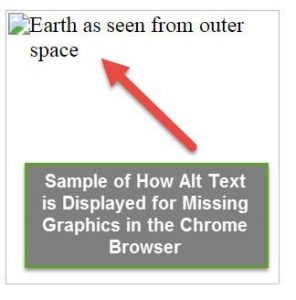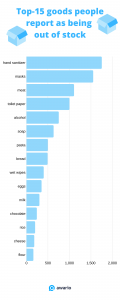
The B2B global marketing world continues to get smaller and smaller. Really??
Let me explain.
When the digital age was born we could not get enough of it. The ease and speed in which we could send and receive information was exciting. No longer was an accurate mailing address the most important piece of data for marketers, it was now the email address. And with that, suddenly there were no boundaries.
Fast forward to today. We are all on information overload, especially in the B2B world. Email use continues to grow in the business sector, with the average user sending and receiving 126 emails a day (to me, sometimes it feels like 1260 a day). This number is expected to grow to 140 by 2018, resulting in almost 140 billion emails being sent and received a day. Crazy number, right? In response to this, many countries have taken regulatory steps to reduce the amount of unsolicited/unwanted emails. The problem is, there is no consistency from country to country.
As marketers, not only is it important that we ensure that every email we send is relevant and useful for its intended audience, but it’s also our responsibility to understand the anti-spam laws and marketing regulations for all of the regions where we do business. We are on the hook to comply with the local laws in the areas we mail to. For example, in Canada, email marketers must adhere to CASL (Canada Anti-Spam Law) regulations which state that all email recipients must have opted-in to receive a communication or the sender should be prepared to be fined. They mean it. Earlier this year, the Chief Compliance and Enforcement Officer of Canada issued a $ 1.1 million penalty to Compu-Finder, $ 150K to Porter Airlines and another $ 48K to Plenty of Fish, the popular online dating site, for spamming Canadians.
In the European Union, the opt-in regulations are not as clear and vary based on the country, making the risk even higher. Some require opt-in action, some do not. Some do not require opt-in if the email content is relevant to their business title. In some countries, it is okay if the email address is publicly available. Other parts of the world, like Brazil, Asia-Pacific and Latin America have their own set of spam rules.
Once upon a time, B2B marketers could email the world. Today, the global digital marketing world is getting smaller and more challenging to communicate with your target audience.
So, with all the challenges and compliance risks that these regulations bring, is it still worth investing in global email marketing? Absolutely! According to the Direct Marketing Association (2015), for each dollar invested in email marketing, businesses see an average ROI of $ 43 and potentially upwards to $ 80 with aggressive, smart spending on technology and services. In Canada, that ROI value is $ 74. I like those numbers.
The question for today is how to invest marketing dollars in global digital programs for the high ROI payback without putting your company at risk for anti-spam fines or worse, being black- listed. Most businesses look to professional list service companies for this level of expertise.
At Dun & Bradstreet NetProspex, we have your back. For global contact data, we use between 15-20 in-country and aggregate vendors to source our international contact requests to ensure high quality and high deliverability, guaranteeing a 90% delivery rate. With access to over 50 million contact records, we source our data only from countries that support opt-out email marketing practices, ensuring no risk to you or your company.
Although the world of global email marketing has gotten smaller and more complex, working with a partner like Dun & Bradstreet NetProspex has made it easier and safer.
Download our GlobalProspex data sheet to learn more.
Digital & Social Articles on Business 2 Community(23)







